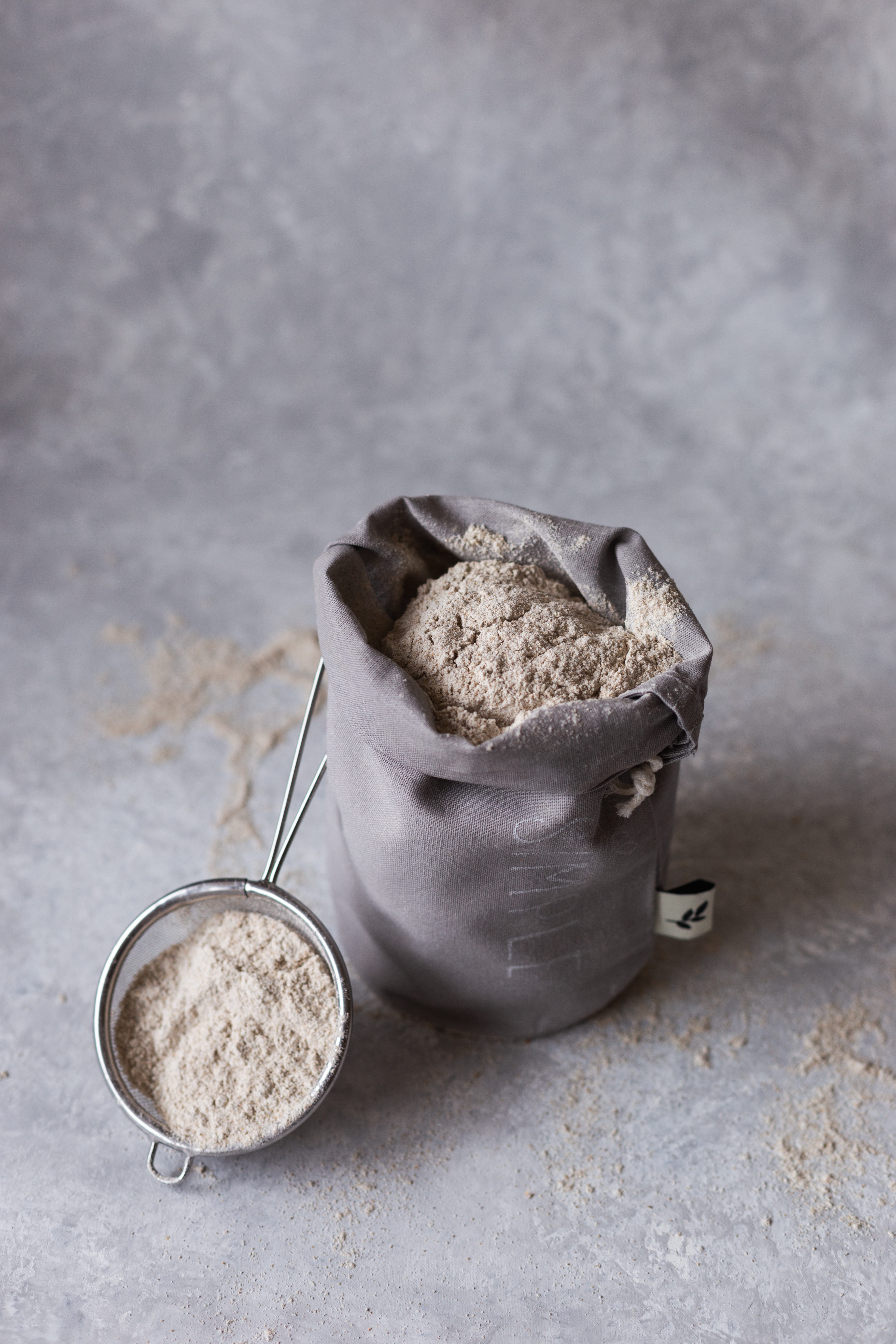Take Care with These Foods
go.ncsu.edu/readext?820509
en Español / em Português
El inglés es el idioma de control de esta página. En la medida en que haya algún conflicto entre la traducción al inglés y la traducción, el inglés prevalece.
Al hacer clic en el enlace de traducción se activa un servicio de traducción gratuito para convertir la página al español. Al igual que con cualquier traducción por Internet, la conversión no es sensible al contexto y puede que no traduzca el texto en su significado original. NC State Extension no garantiza la exactitud del texto traducido. Por favor, tenga en cuenta que algunas aplicaciones y/o servicios pueden no funcionar como se espera cuando se traducen.
Português
Inglês é o idioma de controle desta página. Na medida que haja algum conflito entre o texto original em Inglês e a tradução, o Inglês prevalece.
Ao clicar no link de tradução, um serviço gratuito de tradução será ativado para converter a página para o Português. Como em qualquer tradução pela internet, a conversão não é sensivel ao contexto e pode não ocorrer a tradução para o significado orginal. O serviço de Extensão da Carolina do Norte (NC State Extension) não garante a exatidão do texto traduzido. Por favor, observe que algumas funções ou serviços podem não funcionar como esperado após a tradução.
English
English is the controlling language of this page. To the extent there is any conflict between the English text and the translation, English controls.
Clicking on the translation link activates a free translation service to convert the page to Spanish. As with any Internet translation, the conversion is not context-sensitive and may not translate the text to its original meaning. NC State Extension does not guarantee the accuracy of the translated text. Please note that some applications and/or services may not function as expected when translated.
Collapse ▲
This is National Food Safety Education Month. The purpose is to encourage people to be more aware of food safety and illnesses caused by contaminated food and beverages. Last week I wrote about the four core principles of food safety that can be used to help prevent foodborne illnesses. Continuing on this topic, this week I’ll share about foods that require special care to keep them safe.
There are some foods that are more associated with foodborne illnesses than others. These foods can carry harmful germs or pathogens that can make people sick if the food is contaminated. These foods can be considered “riskier” than others and extra care should be taken when purchasing, storing, cooking, and eating these items.
Here are some of the foods that have been associated with food poisoning in the past and some ideas on how to avoid getting sick from them:
Raw Animal Products

According to the Centers for Disease Control and Prevention (CDC) raw foods of animal origin are the most likely to be contaminated, specifically raw or undercooked meat and poultry. Most raw poultry may contain Campylobacter, Salmonella, and/or Clostridium perfringens. Raw meat may contain Salmonella, E. coli, Yersinia, and other bacteria. Thoroughly cooking these items to the correct internal temperature is the best way to reduce these risks.
Fruits and Vegetables
We all know that eating more fruits and vegetables is recommended for good health, but raw produce can become contaminated at many places along their journey from the farm to our homes. The safest fruits and vegetables are cooked. Considering that many fruits and vegetables are best eaten raw, this isn’t always practical. In the past, raw produce has been linked to Salmonella, E.coli, Listeria, and Cyclosporiasis. Thoroughly rinsing raw produce can help reduce the risks of foodborne illnesses. Also, once a fruit or vegetable has been cut or cooked it should be kept refrigerated.
Raw Milk Products
Listeria, Salmonella, and E. coli have all been linked to the consumption of raw milk. This includes unpasteurized milk and products made with it such as soft cheese, ice cream, and yogurt. Raw milk is made safe through pasteurization, which requires just enough heat for just long enough to kill disease-causing pathogens.
Eggs

Eggs can contain a pathogen called Salmonella. It can be in an egg even if it looks clean and uncracked. To reduce this risk, eggs are cooked until both the white and yolks are firm. Using pasteurized eggs and egg products when preparing recipes that call for raw or undercooked eggs can also add to safety.
Seafood and Raw Shellfish
Eating raw or undercooked fish and seafood can lead to a foodborne infection. Food containing raw or undercooked seafood, such as sashimi, some sushi, and ceviche can be risky if not handled safely. Oysters and other filter-feeding shellfish can contain viruses and bacteria that can cause illness or death.
Sprouts
The warm, humid conditions needed to grow sprouts are also ideal for germs to grow. Eating raw or lightly cooked sprouts, such as alfalfa, bean, or any other sprout, may lead to food poisoning from Salmonella, E. coli, or Listeria. Thoroughly cooking sprouts kills the harmful germs and reduces the chance of food poisoning.
Raw Flour

Flour is a raw agricultural product that can be contaminated in the field or as flour is produced. Raw flour has been linked to a foodborne illness called E.coli. These bacteria are killed when food made with flour is cooked. This is why tasting or eating raw dough or batter can be risky.
As you read through this list you may say, but I’ve eaten that food in the past and haven’t gotten sick or some of these items may be favorites. A key point to remember is that some people are more susceptible to foodborne illnesses than others. Those more at risk can include people who are immune-compromised with chronic illnesses or are undergoing treatments for illnesses such as cancer. The elderly are more at risk because immune systems can change and weaken as people age. In this case, something they had eaten in the past may now be riskier. Children are also more susceptible because their immune systems have yet to fully develop. Pregnant women should also take special care and avoid some riskier foods.
Knowing which foods are riskier than others and whether or not you may have other factors that contribute to how susceptible you may be to foodborne illnesses can allow you to make your own personal informed decision whether to eat these foods or not.
Source
Adapted from Foods that Can Cause Food Poisoning, Centers for Disease Control and Prevention
Cheryle Syracuse wrote this article and more similar ones for the Family and Consumer Sciences Column in the Brunswick Beacon. Syracuse is an FCS team member and can be reached at N.C. Cooperative Extension, Brunswick County Center, 910-253-2610 or by email at cheryle_syracuse@ncsu.edu.



